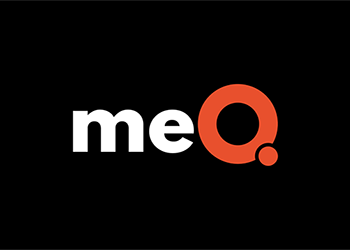3 Steps to Calm Morning Anxiety
Does your anxiety seem to rise with the sun? As you open your eyes, do you feel a sense of dread or cycle through a series of worries about everything from your finances to your kids? Maybe your stomach starts…
Does your anxiety seem to rise with the sun? As you open your eyes, do you feel a sense of dread or cycle through a series of worries about everything from your finances to your kids? Maybe your stomach starts…
Does your anxiety seem to rise with the sun? As you open your eyes, do you feel a sense of dread or cycle through a series of worries about everything from your finances to your kids? Maybe your stomach starts turning, and your jaw feels painfully tight. Before you’ve even gotten out of bed, you already feel physically, emotionally, and mentally drained.
“Morning anxiety, or anxiety upon wakeup, can feel like a full body experience,” says Alanna Fincke, vice president of content and head of learning at meQ, as well as a board-certified health.
Why does anxiety arise in the a.m.? Physiologically, we can experience an increase in the stress hormone cortisol within 30 to 45 minutes of waking up, a reaction called cortisol awakening response. This cortisol surge can put the body in fight-or-flight mode, boosting blood pressure, heart rate, and breathing.
Lack of sleep also can unleash a cascade of physical symptoms, including body aches, all-over tension, and restlessness. In fact, research shows that people with insomnia are twice as likely to develop an anxiety disorder.
Another trigger? If you haven’t released or dealt with worries from the day before, you may experience an anxiety hangover, says Fincke. Morning stress levels also can soar during a pivotal life change, a chronic condition flareup, or uncertainty about the future. “Uncertainty is one of the top human stressors of all time,” Fincke says.
While some triggers can’t be controlled, you can create a morning routine that calms your nerves and lifts your mood. Fincke, who personally experiences morning anxiety and helps her clients with managing it as well, created this three-step, science-backed routine. Use this anxiety-relieving practice as is, or take bits and pieces to create your own calming morning ritual.
Journaling, research shows, can lower stress levels, reduce blood pressure, and improve mood. Fincke’s journaling practice consists of three parts, each of which addresses how anxiety commonly manifests.
For many of us, anxiety manifests physically. The irony? While our muscles tighten, tense, or tremble, anxiety can simultaneously disconnect us from our bodies (and ourselves).
Stretching can reconnect you to your body in a compassionate way. This gentle movement helps loosen and release nervous energy, explains Fincke, who typically stretches her neck, shoulders, and lower back in the morning.
To stretch your body, try restorative yoga poses, such as Child’s Pose or Legs Up the Wall. You also can try Cat and Cow Poses, which are performed together.
Anxiety can lead us to feelings of helplessness. Refocusing on our breath, an inherently incredible relaxation tool, can remind us of our inner strength and resources. Fincke cites this insight from author Louise Hay: “The point of power is always in the present moment.”
New to meditation? Fincke suggests practicing three to four rounds of long, slow breathing. Another great option for beginners (and mindfulness aficionados alike) is listening to a guided meditation. For example, try meQ’s wake up meditation.
How much time you allocate to this routine is really up to you, your schedule, and your day-to-day demands. What happens when you snooze through your alarm, or you’ve been up late with a teething baby? You don’t have to practice the entire routine to reap the calming benefits. On busier mornings, Fincke checks in with herself and picks the practice that will be most helpful in that moment. The most important takeaway: While anxiety can feel powerful, you are powerful, too.

Margarita Tartakovsky is a content writer for meQuilibrium. She has 15 years of experience in psychology, mental health, and wellness, and authored the creative mental health journal “Vibe Check: Be Your Best You." Margarita is passionate about providing readers with accurate, accessible information so they feel less overwhelmed and more empowered.